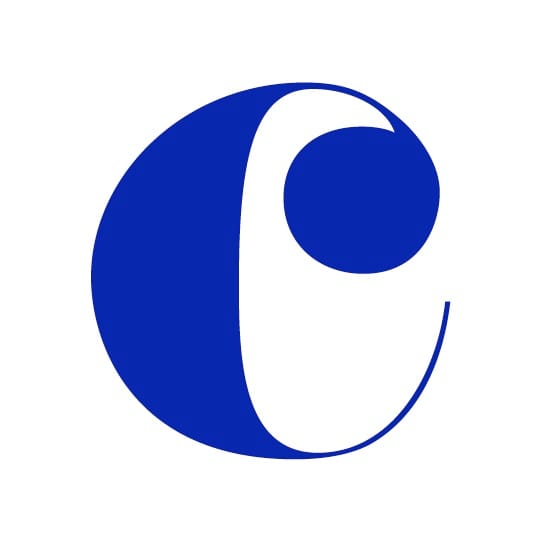Illustrator and typographer Oli Frape deliberates about which letterform from Pistilli Roman he holds in highest esteem, eventually settling for lowercase ‘c’. I’m a hand-lettering artist so I spend most of my time drawing letterforms that look immediate, free and loose. For that reason my interest in ‘real’ typography is usually in the clean refinement of the letterforms and how they set a different tone from my personal practice – enter Pistilli Roman.
The thing about this high-contrast typeface, as with many of its brothers and sisters, is that it has some kind of high fashion, timeless style. This is in part due to the amount of fashion magazines and brands that have used typefaces like this over the years. But you can’t ignore the beauty of those letterforms and when used well, they still look contemporary. Pistilli Roman has elegance. It’s both bold and delicate at the same time – the hairlines almost vanish at small sizes but when used large and proud it sets a strong tone.
The additional beauty of Pistilli Roman is that it’s a real nightmare to learn more about. There seems to be little information on it anywhere – it’s illusive. From what I’ve read, Pistilli Roman was a joint endeavour between Herb Lubalin and John Pistilli in 1964, while they were both partners at Sudler & Hennessey in New York. The typeface was actually only ever made for use on a photocompositor, so as technology changed, Pistilli Roman was somewhat forgotten about. There aren’t many places it was ever used or many printed examples even. This further increases the mystery of the typeface, and in some ways of course makes it all the more appealing.
Pistilli has certainly had its fans over the years, with many similar typefaces created, most notably Didoni by Phil Martin. Didoni is beautiful but it lacks the more extreme stroke contrast of the face it drew inspiration from.
So there you are, the enigmatic Pistilli Roman. Choosing my favourite letterform has been pretty difficult, among the wonderful letters there are a couple of excellent ligatures too. Eventually I opted for the lowercase ‘c’. For me it’s one of the letterforms that exhibits the best of Pistilli Roman’s characteristics: it has two of those delicate hairline sections, a very broad stress by contrast and then a full rounded serif. Beautiful.
Oli Frape
London-based designer Oli Frape specialises in colourful hand-drawn lettering, often created non-digitally with paints and inks. Previous projects have included creating child-friendly lettering for the British Heart Foundation, posters for the Guardian’s Sustainable Business Subscribers and illustrating Nuts Magazine’s Sex Survey – not a job for the faint-hearted. His dream commission would be to work on a project with Paula Scher at Pentagram or Sagmeister & Walsh.
John Pistilli
Typographer John Pistilli studied at the Jean Morgan School of Art in New York and served in the US Navy during World War II, before becoming a partner at Sudler & Hennessey from 1949 to 1964. Working alongside Herb Lubalin, he designed Pistilli Roman as well as three alternative weights: Bold, Open No. 1 and Open No. 2, which varied exclusively in the thickness of they hairline strokes. Pistilli Roman’s distinctive and curvaceous ampersand has won many fans in the design community and spawned a host of imitations, but the typeface is still yet to be officially digitised.
March 25, 2014 2 minutes read
Hairline Graces
Illustrator and typographer Oli Frape deliberates about which letterform from Pistilli Roman he holds in highest esteem, eventually settling for its lowercase ‘c’.

